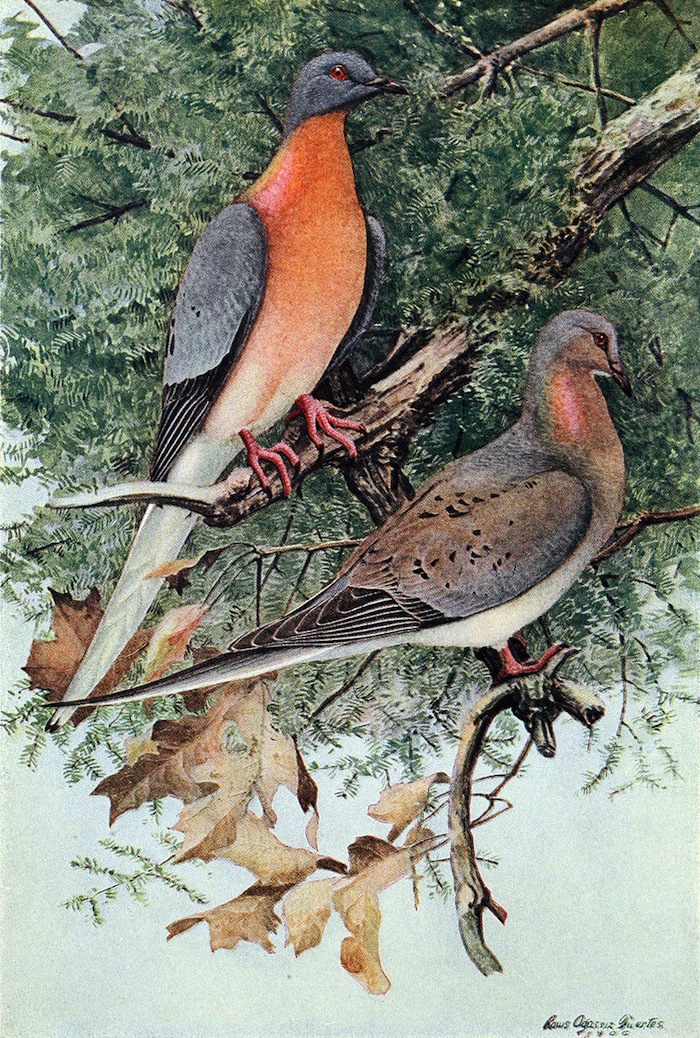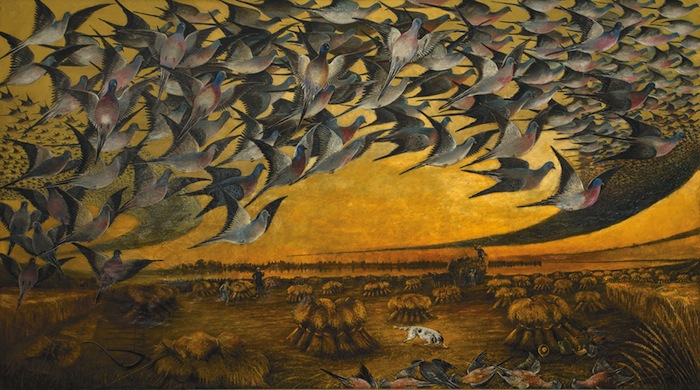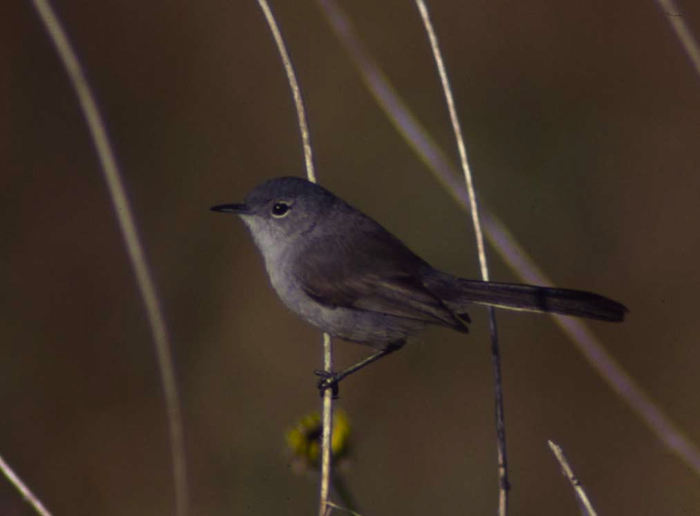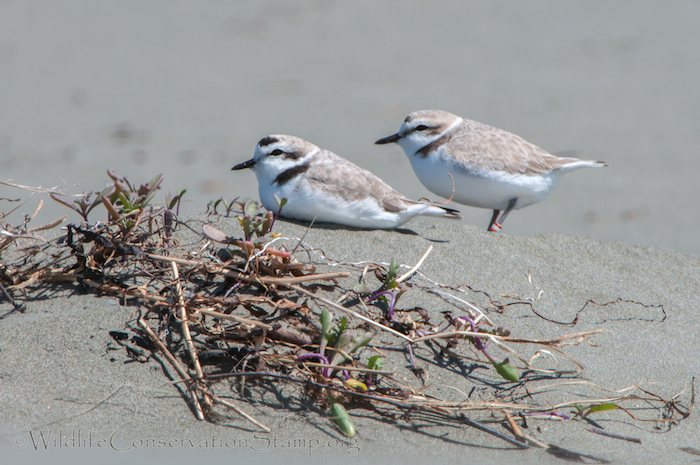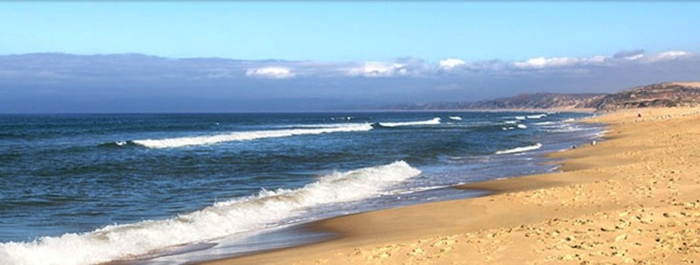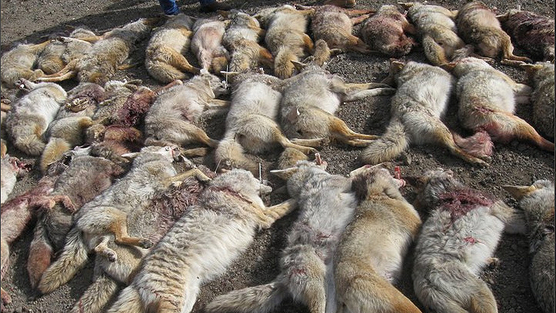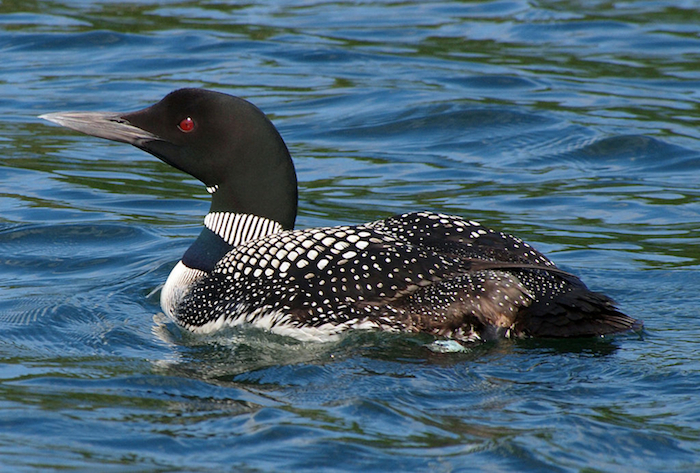
Common Loon (Wikipedia Commons)
The National Audubon Society’s Birds and Climate Change Report should give us all deep cause for concern. The findings are heartbreaking: Nearly half of the bird species in the United States will be seriously threatened by 2080, and any of those could disappear forever.
For the first time, Audubon scientists have analyzed decades of historical bird and climate data to understand how 588 species of North American birds will fare as the climate changes. More than half of species studied (including the Bald Eagle and nine U.S. state birds, from Idaho to Maryland) are at serious risk – some are forecast to lose more than 95 percent of their current ranges.
While some species will be able to adapt to shifting climates, many of North America’s most familiar and iconic species will not. The national symbol of the United States, the Bald Eagle, could see its current summer range decrease by nearly 75% in the next 65 years. The Common Loon, icon of the north and state bird of Minnesota, may no longer be able to breed in the lower 48 states by 2080.
The study predicts that 314 North American bird species face the risk of extinction before the end of this century. They have separated those 314 species into two groups: climate threatened (may lose over 50% of its range by 2080) and climate endangered (may lose over 50% of its range by 2050).
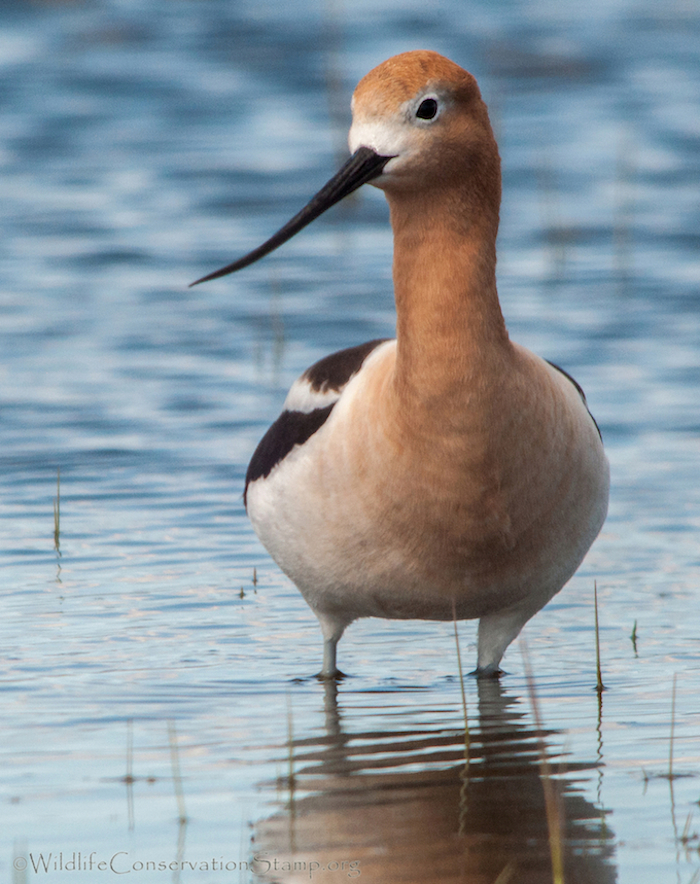
American Avocet
Ten birds that could lose 99% or more of their current range by 2080:
- American Avocet
- Black Rosy-Finch
- Brown-headed Nuthatch
- Chestnut-collared Longspur
- Rufous Hummingbird
- Northern Gannet
- Northern Saw-whet Owl
- Trumpeter Swan
- White-headed Woodpecker
- Yellow Rail
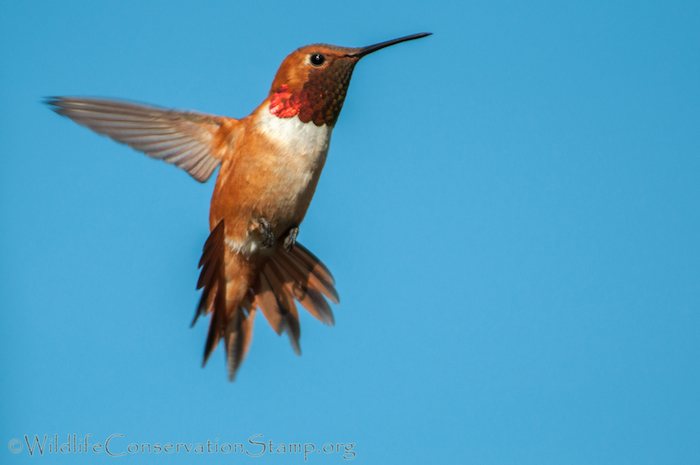
Rufous Hummingbird Male
Some bird species will be able to adapt to new climatic conditions, but certainly not all. And while many people assume that climate change will simply shift habitats farther north or to higher elevations, for the 126 climate-endangered species, including the Burrowing Owl, their climatic ranges are not only shifting but also dramatically shrinking. If we stay on our current carbon-spewing path, some of those species may have nowhere to go.
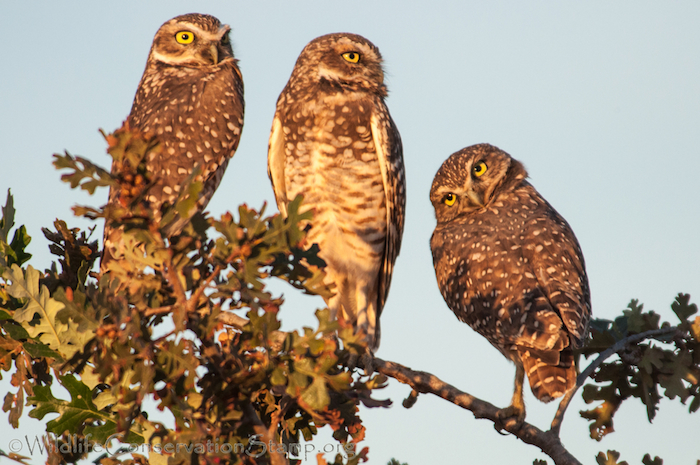
Burrowing Owl Family
We do have hope. This science is a very serious warning, but we know that birds are resilient and that people have and can again come together to create significant positive change. And that’s what we’ve got to do – band together and build a brighter future for ourselves and our birds, drawing on our American ingenuity and determination.
In order to give our birds a chance, we need to do two things: Let’s protect the places on the ground that we know birds will need today and in the future, and let’s work together to reduce the severity of global warming.
Go to the Audubon Climate Report page to see what you can do to help protect birds.

